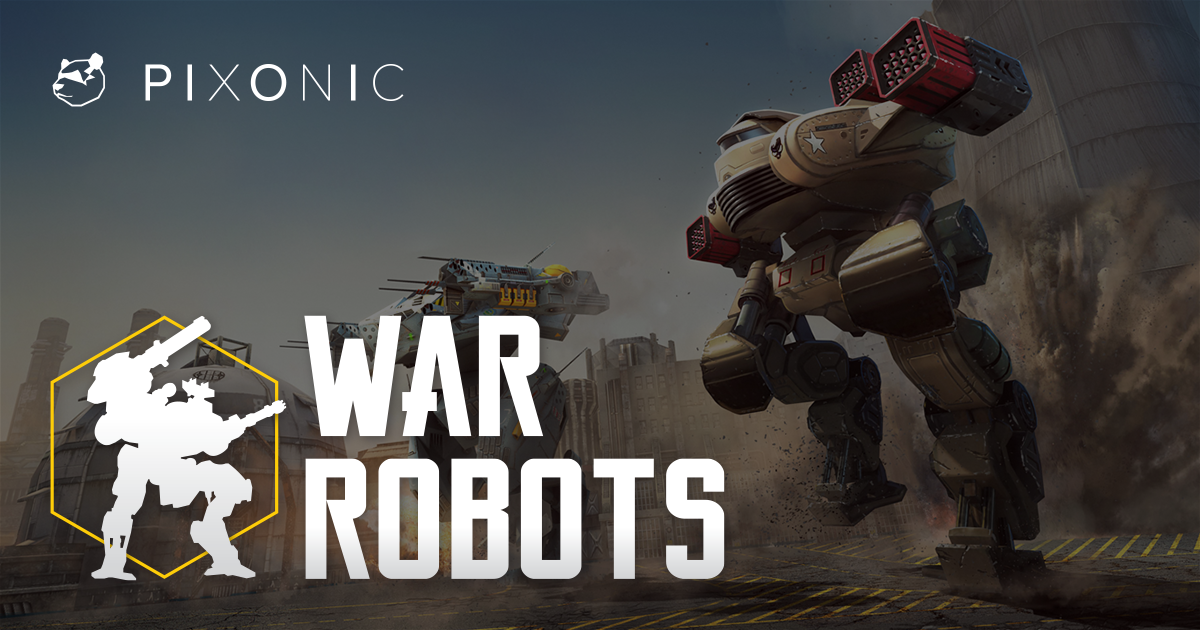

In The Phantom Menace the locals on Tatooine have even taken to building and manually racing their own “pod racers”. Most of the Star Wars starship fleet (A-Wings, X-Wings, Y-Wings, Tie Fighters, Star Destroyers, Starfighters and more) ostensibly possess the capacity for fully automated flight, however, they are mostly flown by organic lifeforms. The spaceship Millenium Falcon, for example, is mostly flown by the smuggler Han Solo and his companion Chewbacca. Automated vehiclesĭriverless vehicles are currently flavor of the month – but will we actually use them? In Star Wars, despite the capacity for spacecraft and star ships to be fully automated, organic lifeforms still take the controls. Indeed, robots have been assisting surgeons in operating theaters for some time now. Assistance from robots in healthcare is the more realistic prospect and is in fact, already here.
#WAR ROBOT NAMES FULL#
Perhaps this is one area in which Star Wars has it wrong: here on earth, full automation is a long way off in healthcare. Likewise, in Revenge of the Sith, a midwife droid is seen delivering the siblings Luke and Leia on Polis Massa. The droid also replaces his hand following his battle with Darth Vadar on the planet Bespin. In The Empire Strikes Back a medical droid treats Luke Skywalker after his encounter with a Wampa, a yeti-like snow beast on the planet Hoth. In the realm of healthcare, for instance, droids have fully replaced organic lifeforms. However, there are some exceptions to this trend in the Star Wars universe. Perhaps, in the future, we will be OK with losing our jobs if the work in question poses a significant risk to our health. For instance, during the duel between Annakin and Obi Wan on the planet Mustafar in Revenge of the Sith, DLC-13 mining droids can be seen going about their work in the planet’s hostile lava rivers.įurther, droid armies act as the frontline in various battles throughout the films.

When organic lifeforms are completely replaced, it is generally when the work is highly dangerous. In the world of these films, organic lifeforms are still relied upon for most skilled work. In most cases then, the Star Wars droids provide assistance – co-piloting ships, helping to fix things, and even serving drinks. K2-SO mainly acts as a co-pilot, for example when flying a U-Wing with the pilot Cassian Andor to the planet of Eadu. In the most recent movie, Rogue One, an offshoot of the main franchise, we were introduced to K2-SO, a wisecracking advanced autonomous military robot who was caught and reprogrammed to switch allegiance to the rebels. R2-D2 and the franchise’s new darling, BB-8, are both “astromech droids” designed to assist in starship maintenance. So for instance, C-3PO is a protocol droid who was designed to assist in translation, customs and etiquette.

R2-D2 and C3PO in A New Hope Lucasfilms/IMDB In the world of Star Wars, robots (or droids as they are known) mostly assist organic lifeforms, rather than completely replace them. One major fear is that robots and automation will replace us, despite work design principles that tell us technology should be used as a tool to assist, rather than replace, humans.


 0 kommentar(er)
0 kommentar(er)
